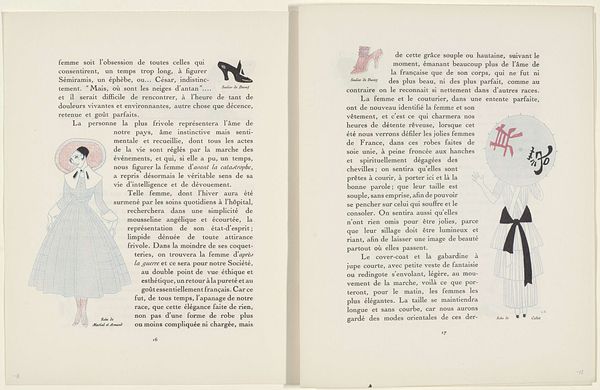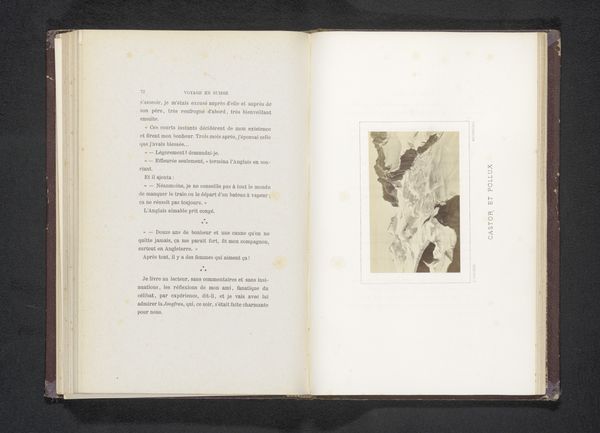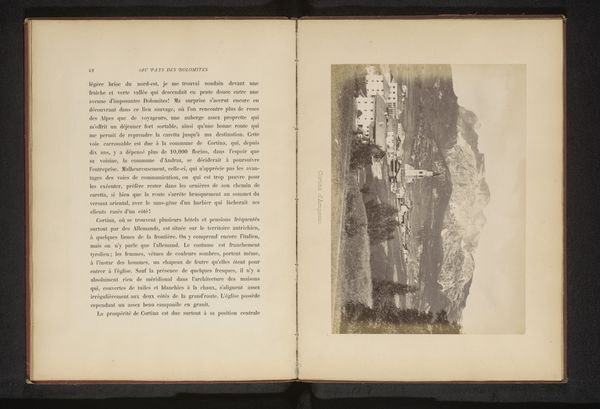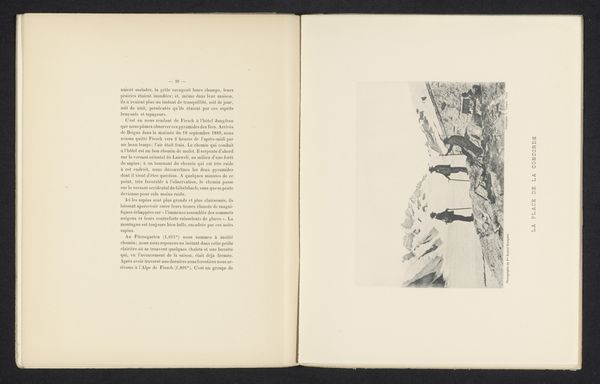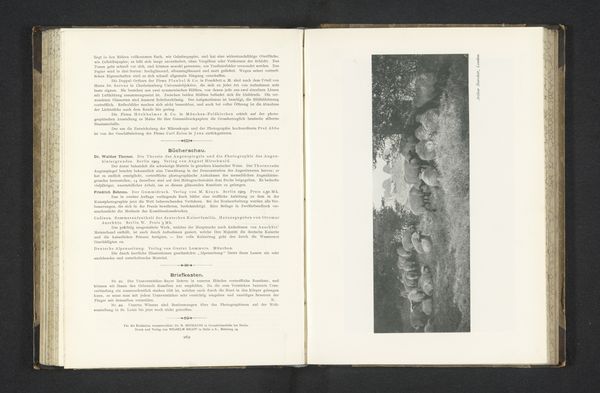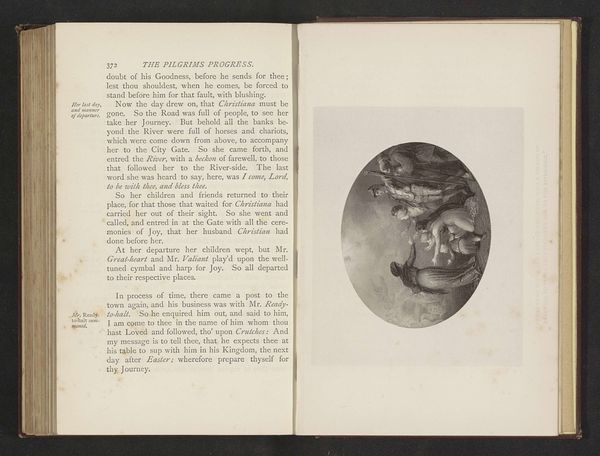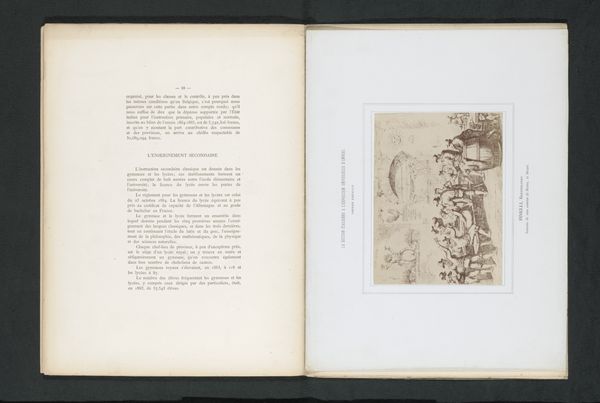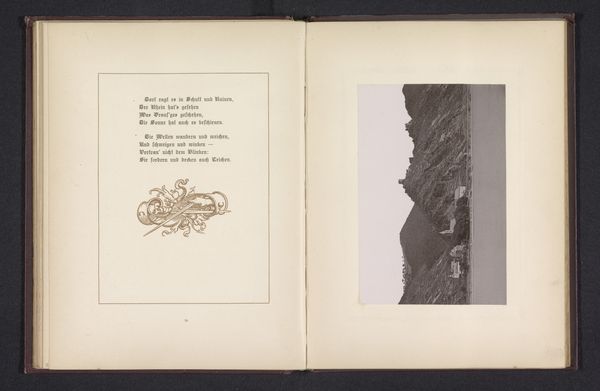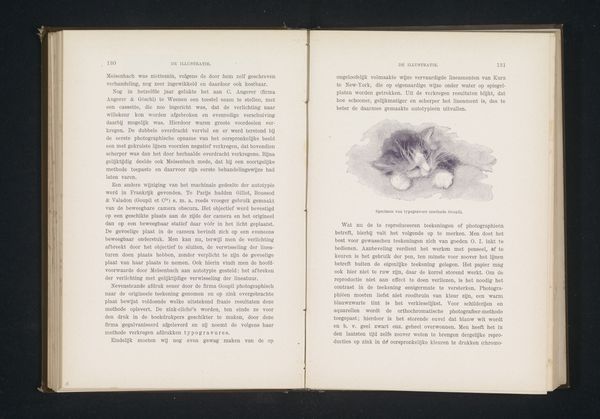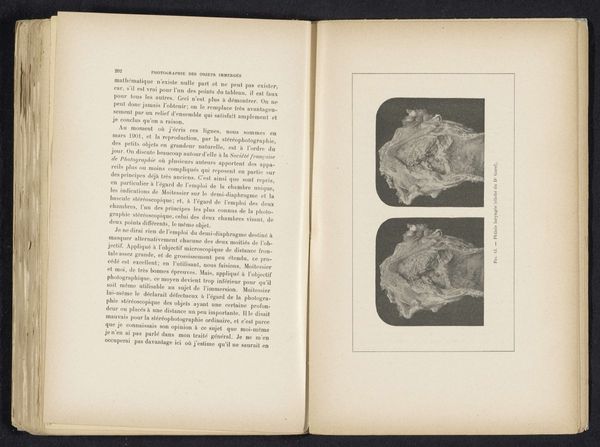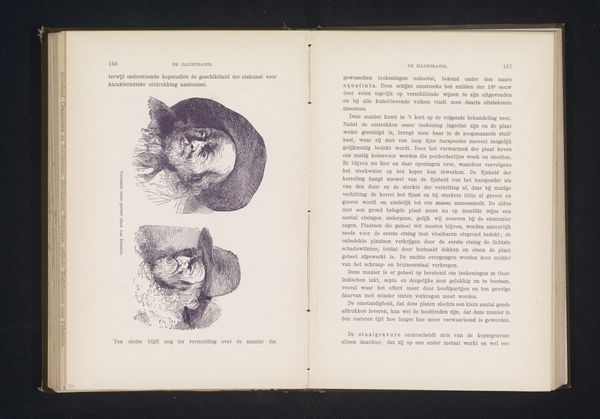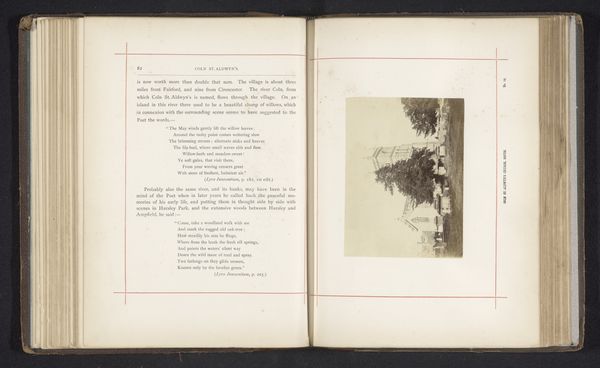
Gazette du Bon Ton, 1915 - No. 8-9, p. 22: Atours simples: Robe de Paquin 1915
0:00
0:00
drawing, print, paper, watercolor
#
drawing
#
art-nouveau
# print
#
paper
#
watercolor
#
watercolour illustration
#
watercolor
Dimensions: height 246 mm, width 377 mm
Copyright: Rijks Museum: Open Domain
This 1915 fashion plate by George Barbier, now held at the Rijksmuseum, presents us with an array of stylish attires against the backdrop of wartime France. Notice the prominent display of hands holding accessories. The hand, across cultures, has served as a potent symbol of agency, skill, and connection. Here, the elegantly gloved hands present accessories, almost like offerings. In ancient Roman art, the 'dextrarum iunctio', or joining of right hands, symbolized marital union and loyalty. Similarly, consider the Hand of God in religious art, extending blessings and divine intervention. Yet, as the context shifts, so does the hand's meaning. During this era, the rise of industrial production distanced the hand from the act of creation. The stylised hands in Barbier's illustration, therefore, convey a sense of both intimacy and detachment. In psychoanalytic terms, we might say the hand embodies a repressed desire to retain a personal connection with craftsmanship. This symbol persists through time, transforming and adapting to express human agency across different eras.
Comments
No comments
Be the first to comment and join the conversation on the ultimate creative platform.
